Continuing the ongoing series of interviews with creative artists working on various aspects of movie and TV productions, it is my pleasure to welcome Sarah Cawley. In this interview she talks about the industry transition from film to digital, recent advances in lighting technology, the multiple hats she wears on the set as a cinematographer, and the on-set dynamics on episodic productions. Around these topics and more, Sarah dives deep into her work on the second season of “Manifest”.
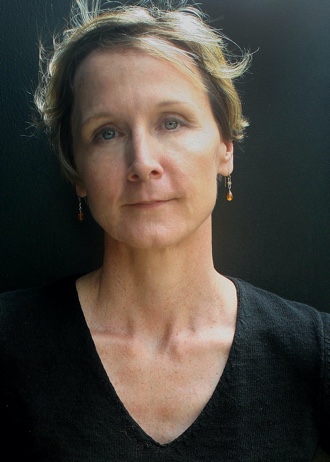
Photography by Tai Lam
Kirill: Please tell us about yourself and the path that took you to where you are today.
Sarah: My name is Sarah Cawley and I’m a cinematographer. I started out in feature films, and I’m now working largely in television.
I went to college when I was 18, and I did not know what I wanted to study. Soon after as an undergrad I took a film class and I made a Super 8 film, and at that moment that was it. I became very interested and I knew that I wanted to work in film, just based on that one project. I transferred to Purchase which is a film school outside New York City. It’s a program where you everyone has to take acting, everyone has to take writing, everyone has to take directing, and we all took cinematography. It quickly became clear to me that I didn’t really want to be a writer or an actor, but I really loved cinematography. I wanted to shoot everyone else’s films, and so I started doing as much of that as I could.
I had a great time at Purchase and when I graduated, I moved into New York City. Independent features were still very much happening at that point, so I shot everything I could get my hands on, and started working on bigger sets that way.
Kirill: Do you remember if there was anything particularly surprising or unexpected for you when you joined your first few productions?
Sarah: The thing that surprised me was how many aspects you had to be aware of, how many questions you had to answer, and how many people are involved. There’s this group of people who come together. We look at the script. Someone wrote it, which is an accomplishment right there. And then there’s so many other questions to be answered. That was what really surprised me.
What time are we going to shoot here? Can we shoot this scene during the day, even though it’s a night scene? Which way do we want to be looking? How many people are we going to need to do this? How many people can we do it without. You’re interacting with such a large group of people. The first time I worked with a production designer was a big surprise to me. We decided that we were going to paint the walls of this set blue. It was a night scene and I lit it with blue light, and it was all too much blue [laughs], and I started to realize how important prep was.
You could make those decisions in advance, and when you show up on set you know what is happening. That was the biggest reveal to me – how many times good creative decisions are made during prep. You’re not getting your good ideas when you’re there on your shoot day. You’re really just there to execute them.
Kirill: How things have changed for you as the industry has migrated almost completely to digital?
Sarah: That’s a big change. In the beginning I was shooting film, and people made prints. So other than making some printing adjustments that could change the basic look of the film, a lot of everything was locked into that negative.
I welcome digital and I’m not opposed to it. I love film and I still sometimes shoot film. There was a period around 2006-07 when digital was used a lot, but there was no post-production control. You could shoot something and see how it looked like on your monitor on set. But you had no way to save your LUT [lookup table] or communicate a color decision list to your post colorist. People were still learning their way. Sometimes the post path would be complicated and the project would end up not looking the way that the cinematographer wanted it to.
And then everything caught up, and now DPs understand that they can build a LUT, they can save it, they can communicate to their colorist, and they don’t get as many surprises between what they see on set and what they see in post. I have to say there’s some digital things that I’m just plain thankful for, like the ability to use power windows to darken certain areas of the set. Making those secondary color corrections is such an asset and such a benefit to the cinematographer. On a television schedule you don’t have time to cut all that light on set, and color correction now is a really big asset to a cinematographer.
Even beyond the camera, all the lighting revolutions that come our way in the last 4-5 years are super beneficial. I’m talking about the LED revolution, like the Arri SkyPanel where it’s one light and no gels. It’s DMX controlled, and you can use it to make lighting effects. We use it to make our lightning for that iconic airplane scene in the promo for Season 2 of “Manifest”. You can do lightning effects, you can do color control, you can do dimming. You can do it all remotely without ever touching a gel. It just enables you to go much faster and control the light better.
Another big find is Astera lighting tubes. They are LED tube lights with color control, but the amazing thing about them is they’re self-contained. They have their own battery, so you don’t even have to connect power.
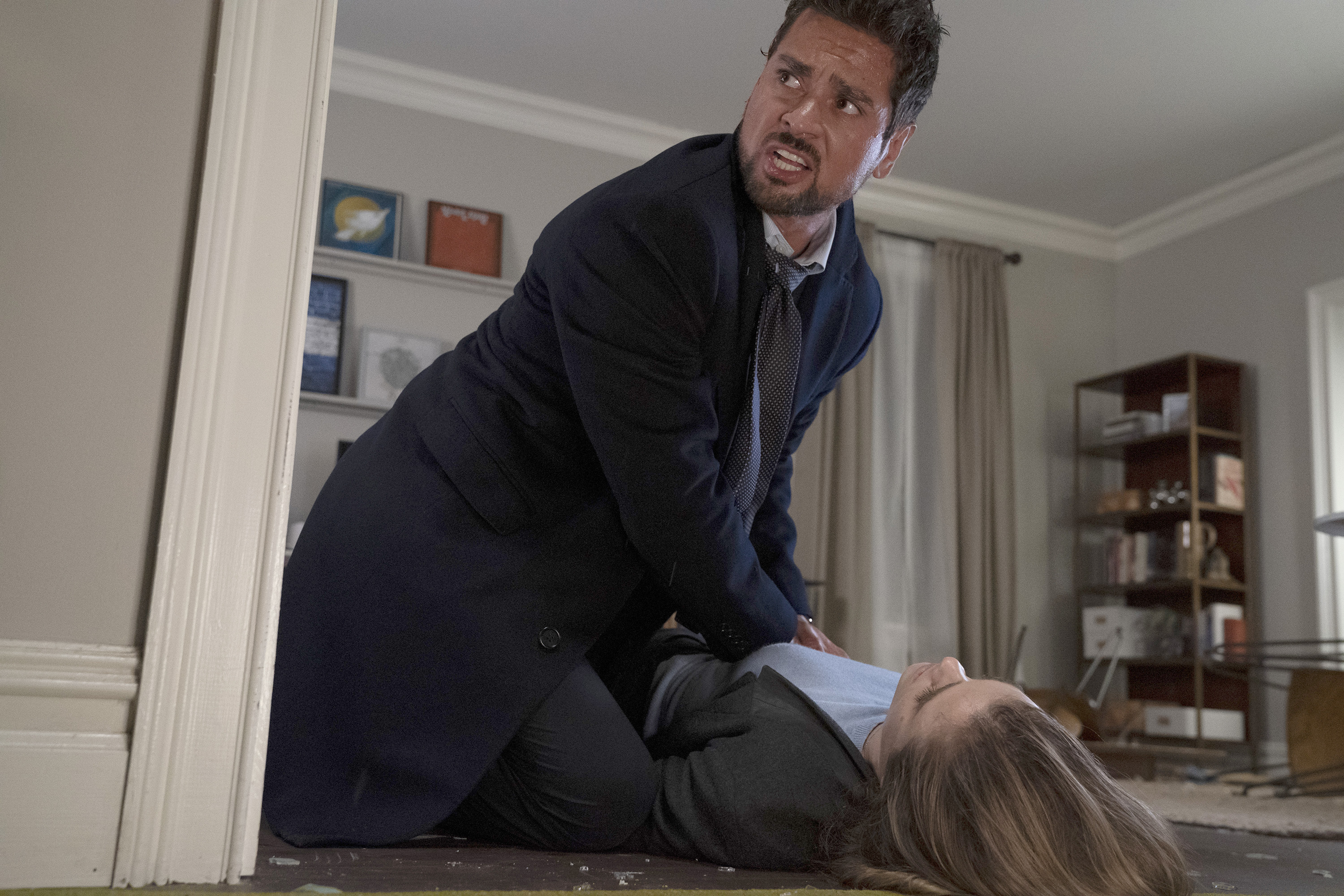
Cinematography of “Manifest” Season 2 by Sarah Cawley. Courtesy of NBC Universal.
Continue reading »
Continuing the ongoing series of interviews with creative artists working on various aspects of movie and TV productions, it is my pleasure to welcome Gregory Middleton. In this interview he talks about the collaborative nature of visual storytelling, building long-term relationships in the industry, incorporating visual effects into his productions and what he thinks about the variety of screens in our daily lives. Around these topics and more, Gregory talks about his earlier work on “Game of Thrones” and “The Killing”, and dives deep into what went into the first season of highly acclaimed “Watchmen”. Fair warning – we did the interview right after Episode 8 aired, and there are plenty of spoilers throughout the interview on the storylines in this first season.
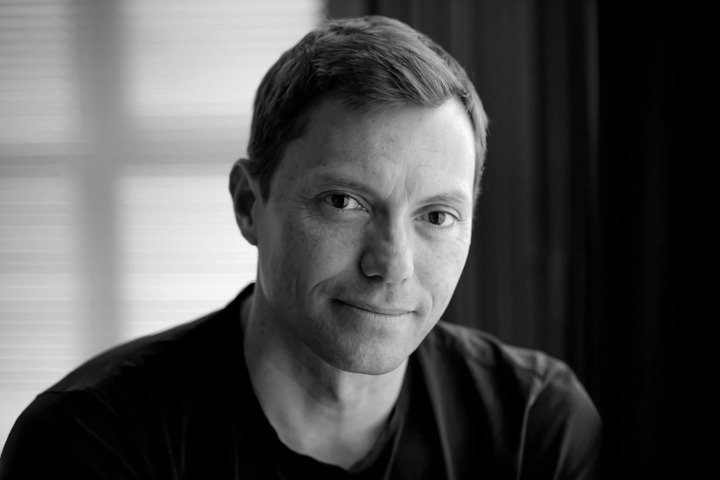
Kirill: Please tell us about yourself and the path that took you to where you are today.
Greg: My name is Gregory Middleton, but most people call me Greg. I’m a director of photography and I’ve been working for about 25 years in various types of media. I started in short films and art house feature films, and in the last few years I’ve been working a lot in cable television.
I started out with a keen interest in movies as a kid. I was making Super 8 films with my neighbor using the family camera. We solicited donations from our parents when we were kids to make our next little production. It was always a hobby and something I really enjoyed. I didn’t come to cinematography out of a love for or a skill at photography. It was just always a love of movies and television.
I was really passionate about how these things come about, how are these illusions created a cohesive piece of work created by all these people. So that was my mission when I was in school. I started a club in high school with another friend, and decided to try and study cinema in college. I grew up in Montreal, Quebec and ended up coming to University of British Columbia in Vancouver to study film and finish my bachelor’s degree.
That really settled me on the field. I was enjoying being with a bunch of students, making films and being all together to explore various ideas of how to make a film. During the summer between semesters the master students would get the permission to use the school’s equipment to make a feature film or a larger project, and they would use students as crew. I spent the summer after my last year at school working on a student feature project as the camera operator, and that totally sold me on the entire experience of being involved in that way.
I liked the collaborative nature of it. I like being on the camera. I like being at the center of those decisions, the witnessing of performance, and helping to craft the details of that. I was still very young, but I was totally sold that I was going to try and make this my point of focus and starting a career in some way. I gave myself five years after school to try and find my way into the profession, to find whoever would hire me to shoot a short film or anything I could do. There was an early chance to get in the Union as an assistant, but I was so set on trying to create more that I thought I should probably pursue that.
I had read a lot of books with interviews with cinematographers. In the older, studio, days there was only really one way into the camera department to become a cinematographer. You would work your way up through the ranks, starting as a camera trainee and a clapper loader, then the second and the first, then the camera operator – and work your way up for over 25 years. However with the advent of smaller cameras in the ’60s / ’70s other people started making films – smaller indies and documentaries. You could work your way up through smaller productions and develop your skills that way, and that seemed to make the most sense for me.
So I gave it five years after school to try and do that. When that time was up, I got some credits. I’ve worked with Peter Wunstorf on my first feature, and I had a couple smaller credits. I was friends with Lynne Stopkewich and we did a film called “Kissed” over the summer with the school’s equipment. That was a formative experience for me. It was a crazy, innovative, small movie about obsession and death. You have a character who was a female necrophile, which is definitely the kind of thing you’d only make as an independent film. No large company is going to give you money to make a film about that topic, because it can be so divisive.
We made an interesting film that was trying to be a sensitive dissection and exploration of the relationship people have with death. We made the film the way we could, and it did really well.
It got into the Cannes film fest, Sundance and The Toronto International Film Festival, and received some good notices. That was the first career marker – that I’d now shot a feature film, a film that people could see and judge my work on. That led to another film with another filmmaker.
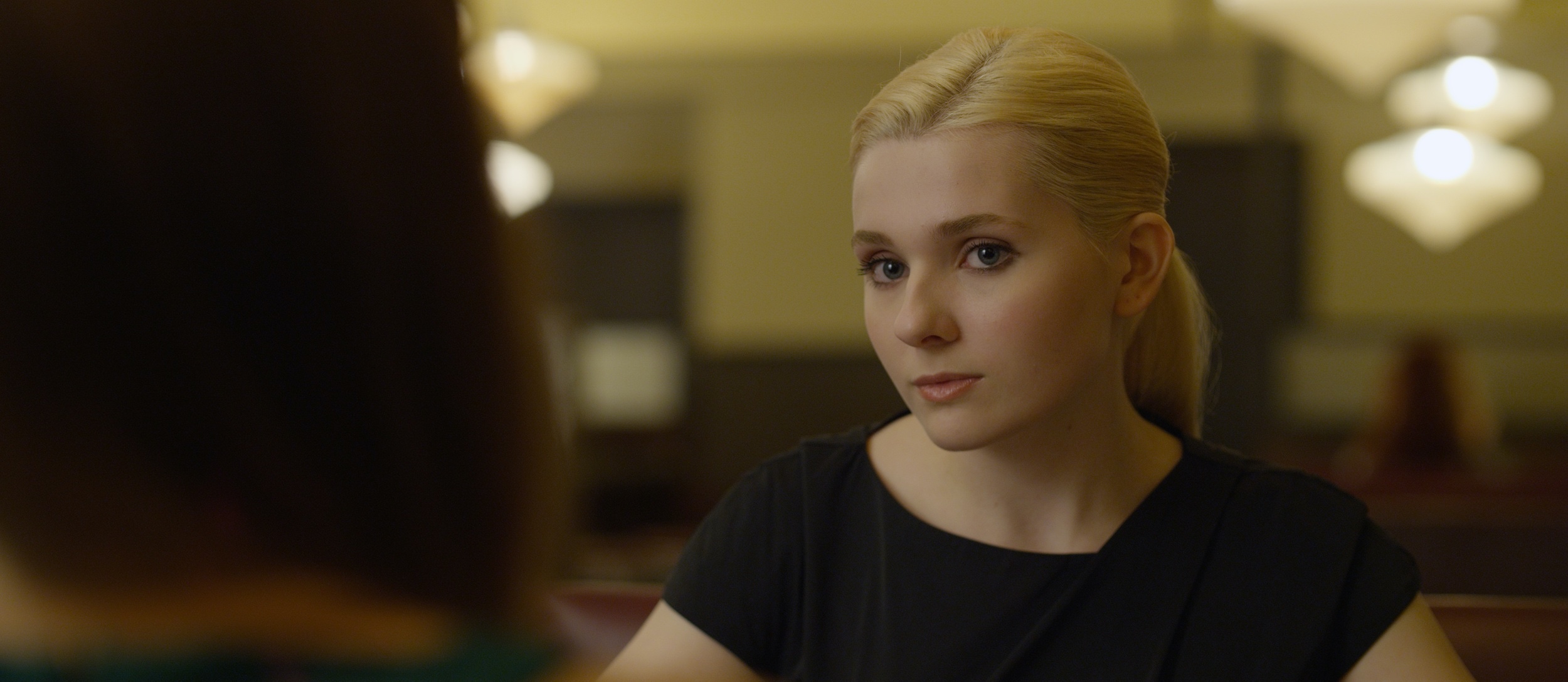
Cinematography of “Final Girl” by Gregory Middleton.
Jeremy Podeswa saw the film at a film festival, and he met Lynne the director. He liked Lynne and he thought that if this person worked well with Lynne, maybe he would be a good fit for him as well. He was looking for someone to shoot his second feature film, “The Five Senses”. I did that film with him in Toronto, and that went very well. It was an incredibly interesting experience, and a really sensitive and funny script. It turned out well, going to the Cannes Film Festival and Sundance. That helped to get another credit to what was the beginning of a career, and I was able to begin to put myself out there for other work.
I’ve worked with both of these directors since. I did three more projects with Jeremy in the next 10 years, a TV movie and another feature. We also did “Game of Thrones” together later on, in 2014. So that was the beginning of my career, starting with art house cinema and getting to work on larger productions. I did a large war movie called “Passchendaele” with Paul Gross about the Battle of Passchendaele in 1916. I shot “Slither” with James Gunn.
Everybody knows him now after “Guardians of the Galaxy” of course. Back then he was just as hilariously funny. He wrote a witty and fantastic script about a horror movie in a small town. It was a great homage to the ’80s horror movie tropes, but also funny and at times grotesque. It starred Nathan Fillion, Elizabeth Banks and Michael Rooker, and I was lucky to work on that. It was a great training ground to do a lot more work with the prosthetic effects and visual effects.
Eventually my career turned into some other things. The landscape changed around that time, and television became much more for adult stories. You started seeing more mature and complicated stories being told on television. It used to be that network shows were made mostly for youth, but things have sort of swapped around in the industry. Movies became only for kids and TV became more for adults – with the advent of HBO and “Sopranos”, as one example.
I ended up working on a TV series called “The Killing” for seasons 2, 3 and 4. I took it over after Season 1. My friend Peter Wunstorf shot the first season, and he didn’t want to return. He recommended me to the creator showrunner Veena Sud. I had been a bit wary of a TV series. The pace can be fast. You shoot episodes that are between 43 and 46 minutes, each in 7.5 days. The pace is similar to small movies or short films, but you’re also dealing with smaller resources. I was worried about getting trapped into something where you couldn’t really do the kind of artistic work you would want to do.
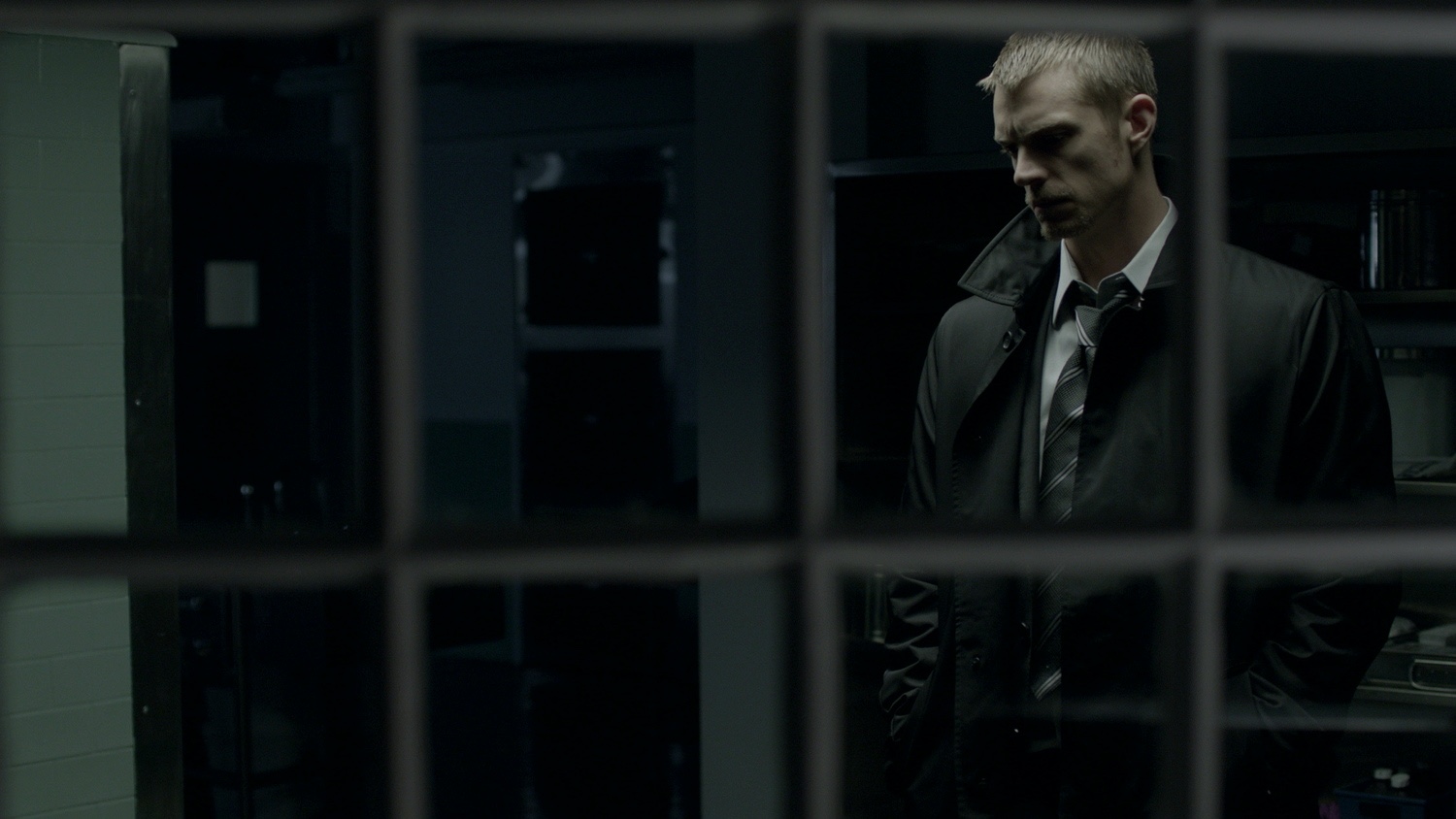
Cinematography of “The Killing” by Gregory Middleton.
But Veena was supportive in trying to make that show to be cinematic. She empowered me a lot. She hired independent-minded directors to work on the show, to not let it become something standard. It was much more like working on a film than I ever thought it could be. I worked with amazing independent directors on it, including Brad Anderson and Nicole Kassell. It was an amazing experience, and also an incredible learning experience of doing quality, sensitive ,interesting work on a dark subject in very little amount of time. You could learn a lot of things about how to manage your preparation time, how to manage your day, how to work with a larger crew, and how to still get good quality work.
The expression I was developing at the time was that it was a bit like playing in a band. In television, everyone’s playing an instrument at the same time. It’s not linear. A lot of things have to overlap. We’d be setting up a shot while I’d be lighting another shot, and I would bounce back and forth. You’re working with your operator, your key grip and your gaffers, and sort of doing multiple things all at the same time. It’s a bit like playing in a jazz band. And as you work with the same people, you can start to do more interesting work in a shorter amount of time together – as you start to understand each other more. Those 3 years were amazing, and I’m very grateful for it.
I got to work with great directors on that show. Jonathan Demme was one of my all-time filmmaker idols, and I got to do two episodes of the show with him directing. Unfortunately, he passed away a couple years later, but it was an incredible experience with him.
That led to more cable work. I mentioned Jeremy Podeswa earlier with whom I did a couple of episodes of “Game of Thrones”. They do like to pair cinematographers and directors together on that show. Unlike most TV series where you shoot the episodes in the sequence, that show was different because the nature of that production that being staged all over the world – Northern Ireland, Spain, Croatia and various distant locations. The strategy to keep the production running was to have all their scripts in advance, and block shoot the schedule for the entire season. That allowed them to not move the production unit very often.
So let’s say you’re shooting in Castle Black which is a big exterior set built in the quarry. It’s very complicated to dress with snow and to get ready. So they would try and do all the work in Castle Black for the season all in one chunk, over the period of a few weeks. I would go and shoot my 3-4 days there with my director and my first AD for our episode. Then we would leave, and the next director and DP and first AD come in and they shoot their few days for the next part of the story. Then I would go back to prepping. So you end up with a very long shoot for what’s only going to be two episodes. That could take four months to shoot, because you’d be sprinkling your days in locations.
For that reason, they did like to pair people together, people that they think will work well together. If the DP and the director have a history together, that was a good thing for them. We’ve done several movies together, and that worked well for managing our time in the same way we were making a film. All the work we had done before was a perfect training for working on that production.
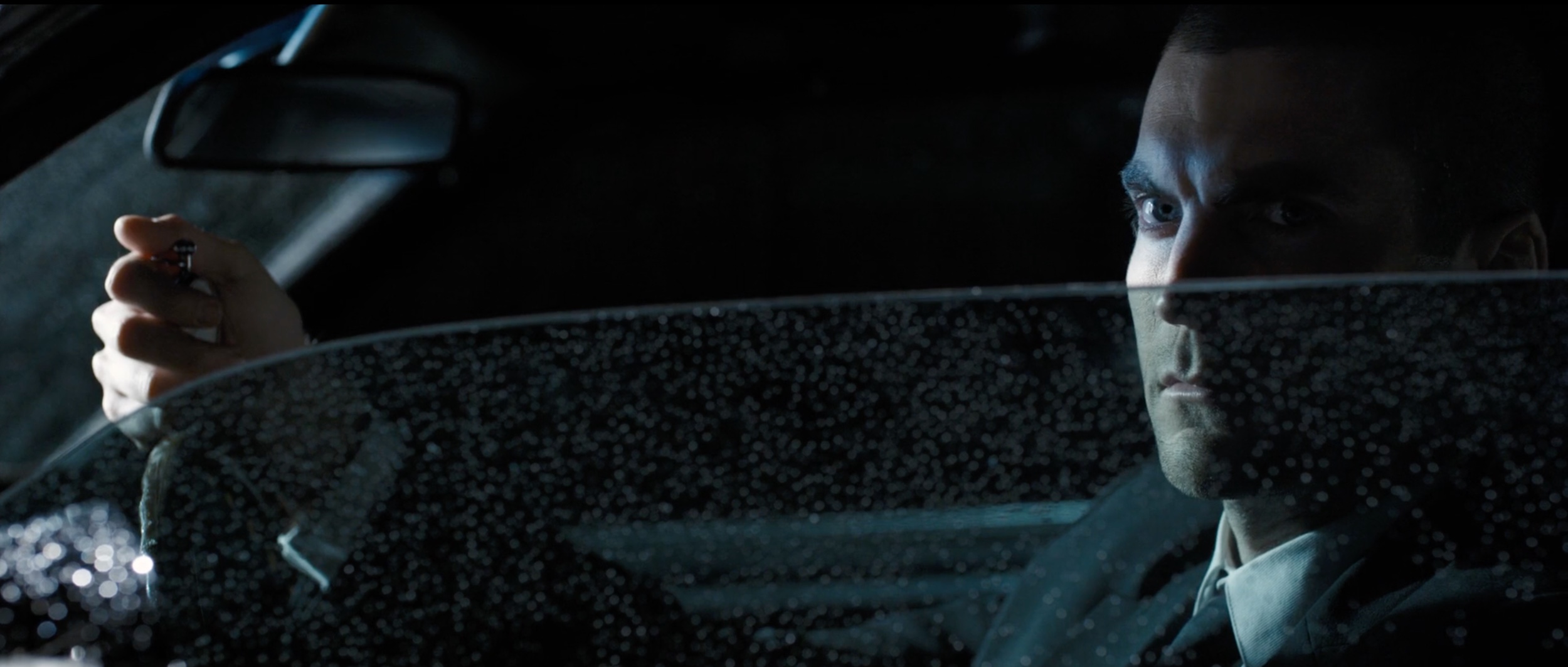
Cinematography of “Final Girl” by Gregory Middleton.
Continue reading »
Continuing the ongoing series of interviews with creative artists working on various aspects of movie and TV productions, it is my delight to welcome Chris Seager. In this interview he talks about the changes in the world of storytelling in feature films and episodic productions, the transition of the industry from film to digital, various facets of the role of a cinematographer, and choosing his projects. Around these topics and more, Chris talks about his earlier work on “Game of Thrones” and “The Alienist”, and dives deep into what went into the first season of “Carnival Row”, for which he was recently nominated to the American Society of Cinematographers Outstanding Achievement Award.
Kirill: Please tell us about yourself and the path that took you to where you are today.
Chris: My passion for this industry probably started when I was about 11 or 12. My parents were reluctant to have a TV at home for some years, but eventually we got our black-and-white set. It arrived on a Saturday afternoon, and it was put into the corner of the room where the famous plant stood. That night the Billy Cotton Band show was on, which was a variety program that was popular at that time, followed by the Last Night of the Proms, a BBC TV classical music show from the Royal Festival Hall in London. It was in full swing, and all of a sudden the TV just blows up. We saw a blue flash, smoke came out the back of the set- and that was the end of that TV.
I was fascinated by it. I was always interested in art, painting and drawing. My mother was quite artistic, and that November for my birthday she got me a paperback book – which I’ve still got – on how Television works. I was eleven back then, and I would do pretend TV shows using cardboard boxes for TV cameras and the inside rolls of toilet paper for lenses.
That fascination with television took me to Art School. My school Art teacher encouraged me to go into photography. My father disapproved of it, saying that it wouldn’t be a proper industry. He would have preferred me to go into Insurance or Banking. While at Art School, at the other end of the corridor from the Photography department was the Film department. There seemed to be this constant noise coming from the editing Steenbecks where film and sound rolls were being wound back and forth as they edited their shots. When I would go there, I would find students who were obviously enjoying themselves and working in groups. In the Photography Department I was surrounded by students who were mostly ‘loners’ who were locked into their moment, just doing their thing!
I started thinking that, in a way, I would prefer working in a film department where there’s collaboration and there’s people working together. I was good at photography, and my tutor was dismayed when I decided to go to film. It was, obviously, the right move for me.
After Art School at the age of 21, I joined the BBC. That was back in the days before the freelance world that we know today. The BBC employed a vast number of staff and all technical operation staff did a 3 month training scheme. After training I worked in live television for a bit, then joined the film department, and off I went.
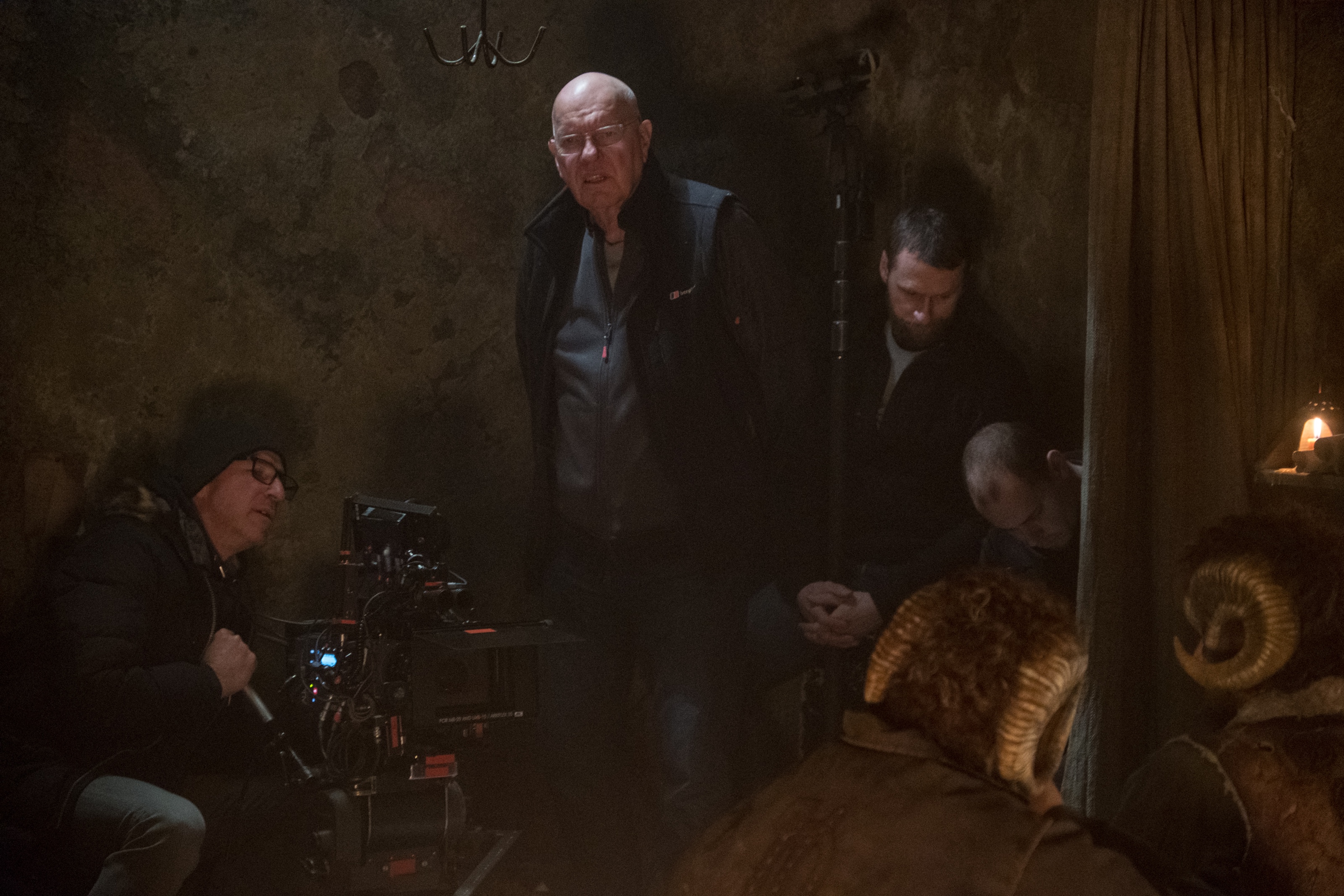
Chris Seager (center) on the sets of “Carnival Row”. Courtesy of Amazon Studios.
Kirill: When you join a new production, is there anything that still surprises you?
Chris: I started at the BBC, which gets the money from TV licenses. Everybody pays money for that service, and they have done some amazing programs over the years. Their budgets were quite small and they probably still are that way.
If you look at what has happened in television over the last few years, you have these big players like Amazon, Netflix, Sky, Disney or Apple getting in, and the budgets have suddenly gone up. I’m constantly surprised how much money companies are prepared to pour in. These productions tend to get bigger each time.
If you take “Carnival Row” as an example, it was like making a quite expensive feature film. I have all the filming toys to make my job easier and to be expressive. Obviously you have to stay on budget, but if you are saying “This is what we need for this particular job”, to get what the director wants or make it interesting or explosive”, then you’re most likely be getting a positive answer. I just wonder if at some stage this streaming bubble is going to suddenly go bang.
There’s going be so much television made. Will the audience get fed up of having to look through a library of millions of programs? Will they go through them, or decide to read a book instead? Ha. I don’t know. I hope it doesn’t do that, because I’m thoroughly enjoying this revolution [laughs]. It’s fantastic.
Kirill: I look at how much technology has changed in the last 10-15 years, even as most of these changes are happening gradually. If I could somehow transport my younger self from mid-80s all the way to 2019, he would be amazed at what we have today. If you could do the same for the younger version of yourself from 30-40 years ago, what would be the reaction?
Chris: Television has changed rapidly. Funny enough, there’s a lot of people who are quite negative about technology. I was brought up in the film era, and in my early days I worked on film. I love film. But equally, I adore my Arri Alexa. It gives me a lot of artistic freedom. I can believe in it. It seems to do what I want it to do.
If I somehow had missed the last 35 years, and dropped from mid-1980s straight to 2020, I would actually be shocked. It’s just exploded. Going from film moving through a camera gate to be exposed and being chemically processed to see the image and now to a solid chip. It compares to going from steam power to nuclear power
I do a little bit of teaching every now and then. I talk with my students about me at Film School having a Bolex camera with 100 foot of film which would personally cost me money. We had to pay towards the cost of the film. You used that film like gold dust. Every shot you did had to be thought out. Sometimes that shot would work, and sometimes it didn’t. That’s the whole point of learning. But you had to be careful with how you used that film. It was yours. You held onto it. You tried your best to make every shot count.
When my students today tell me that they don’t have enough time with professional equipment, I tell them to just go off with their iPhone and make it. You have editing equipment on your laptops. Just make films. If I had that facility back in late ’60s / early ’70s when I was at film school, it would have been unbelievable. To have this free camera in your hand that you can do things with – that sounds fabulous.
Technology has its advantages. If I decided to use 35mm film rather than use digital, I believe that would really test me now. You work so much with digital, and you get so used to working with the digital tools, being able to exactly see what you photograph right there and then. For me to go back to a system where you don’t know what you’re exactly getting until the next morning – when you see your dailies? It would be for me probably a backward step. I know some people would criticize me for saying that, but I’m so long down that digital road now that I’m more used to digital now than I probably would be with film. It’s hard to say, because as a cinematographer I was brought up with the passion of film. Film was phenomenal.
But it’s where I am now. You embrace technology, you utilize it, you test it and you push it.
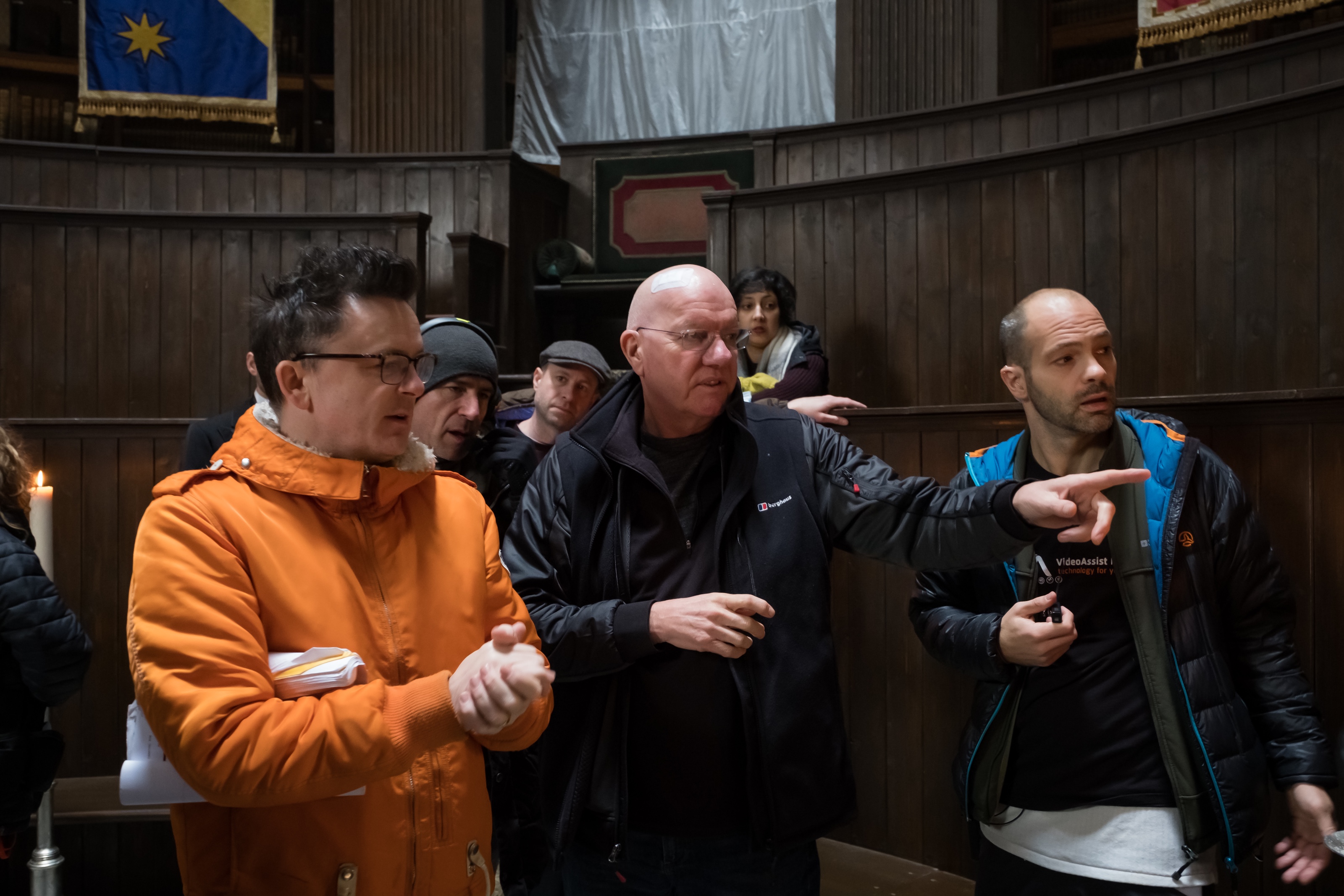
Chris Seager (center) on the sets of “Carnival Row”. Courtesy of Amazon Studios.
Continue reading »
Continuing the ongoing series of interviews with creative artists working on various aspects of movie and TV productions, it’s my pleasure to welcome back Judy Rhee. In this interview she talks about the changes in the art department in the last few years that follow the rising demand for original content, the blurring lines between storytelling in film and in episodic productions, what defines success and what keeps her going. Around these topics and more, Judy talks about her work on “Jessica Jones” and “Better Call Saul”, and dives deep into creating and crafting the world of “El Camino”.
Kirill: Since we spoke last back in 2012, you’ve done quite a few productions, including “Jessica Jones”, “Better Call Saul” and your latest “El Camino”. Has anything changed for you in general in the art department in these last few years?
Judy: It has changed a lot not just in the art department, but in the industry in general, because there’s a greater demand for original content. It has increased the volume of work not only in New York but nationwide and possibly worldwide. There’s a lot more work to choose from. It’s mostly streaming and TV. A lot of interesting projects that have come my way have been mostly in TV. I still like to do feature films, but there isn’t as much movie work as there are for TV.
In 2017 I worked on “Jessica Jones” Season 2, and that was a really great project. It was one of many Marvel streaming shows that was shooting in New York at the time. It was a great opportunity for me, because it was the first time I worked on something that involved a lot of stunts. It was interesting to design with that in mind, knowing that certain walls had to break a specific way, or specific elements had to collapse on cue. It was a fun and challenging project.
Because there is so much original content being made, there are also higher expectations to make your show stand out from the others. That drives the art department to make it as visually interesting and original as possible.
After “Jessica Jones” I worked on “Better Call Saul” Season 4 in Albuquerque, New Mexico. That was a lot of fun and another huge honor for me to work on as I was also a fan of “Breaking Bad” and of “Better Call Saul”, so I was thrilled to get the call. It’s definitely an added bonus to work on shows that you’ve watched and been a fan of.
I met Vince Gilligan while working on “Better Call Saul”, and I was called a few months after we wrapped to work on “El Camino”. We finished shooting “El Camino” about a year ago, which was recently released on Netflix.
The last 5-6 years have been non-stop for me work-wise. My first TV job was in 2013 on a show called “Alpha House” with Amazon. It was one of their first original series that they introduced – before people knew Amazon was doing original content. I worked on the pilot and two seasons with writer/show-runner Garry Trudeau.
After that, I worked on “Patriot” with Steve Conrad, another Amazon show. The pilot was shot in Montreal and then we did Season 1 in Chicago and Prague. That was also a great project with interesting & original writing. All these projects I have worked on had great writing. I feel very fortunate to have worked with such great writers, show-runners and directors.
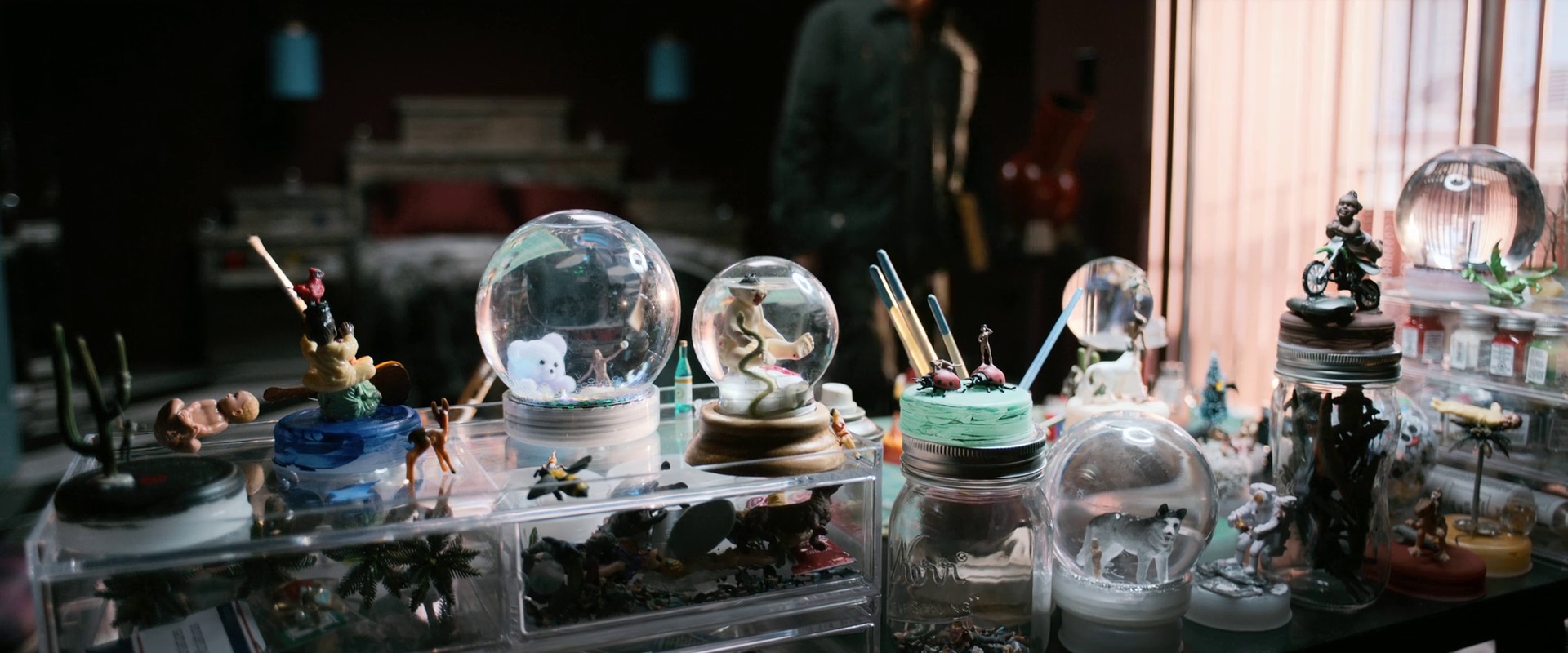
Production design of “El Camino” by Judy Rhee.
Kirill: With this variety of productions on Amazon, Netflix and AMC, some releasing episodes on a weekly basis and others releasing the whole season at once, does it feel that the line between what is a movie, what is a TV show and what looks like a TV show but might be a 10-hour long movie is no longer as distinct as it used to be?
Judy: That’s one way to look at it. Some of these shows are like extended films, depending on how it’s available. Some shows you do have to wait a week for the next episode. Certainly, viewing habits have changed because of how the formats have altered. A lot of people watch the entire season in a weekend, so it is like watching a 10-hour movie.
The approach in shooting these shows depends on the program. Sometimes you have all the scripts up front, so you can prep it like one long movie. But more often than not you don’t have all the scripts up front, so you’re getting the information as it’s happening, so you don’t always have the luxury of planning ahead. You have to take it one script at a time. You may know the general arc of the characters for the season, but not always. You don’t always know where it’s going to end up. You try to make each episode as interesting or visually engaging as possible – not necessarily knowing if you’re returning to that same set or location?
It’s not something that I consider when I am designing because you don’t always have that information. On a 10-episode series you may just have the first 3 or 4, so that’s the only information you have to work from.
Kirill: You worked with a single cinematographer on all the season episodes of “Jessica Jones”, and the same on “Better Call Saul”. Does it make easier for you to keep a consistent visual language, even as different directors come in?
Judy: Absolutely. It’s important that the director of photography [DP] and I are in sync and in constant communication. You start to develop a shorthand, knowing how they prefer to light. You take that into consideration when designing the sets. You have as many conversations as possible during pre-production. You go through each set, whether it’s a palette, a mood or certain angles for each set and character development.
All those things get discussed early on with the show-runner and writers. But once we start shooting, it becomes harder to sit down and have these conversations because everyone’s time becomes much more limited. My time as the production designer is prepping one episode ahead, if not more, so I’m rarely around after I open sets (if I have time?). Some shows have alternating DPs, but that has not been my experience.
Kirill: As you’re doing shows with an established visual look, how much freedom does it give you to have your own take on it?
Judy: Although, “Jessica Jones” and “Better Call Saul” had established looks for their shows, there were new sets to design, which made those specific seasons interesting for me to work on.
I enjoyed watching the first season of “Jessica Jones” and I thought the writing was really good. Melissa Rosenberg did an incredible job of bringing in a female superhero’s point of view based on a trauma for her specific superpower. Melissa also had an interesting & fresh way of casting the first season with diversity in mind that was noticeable. You saw people of color in roles that weren’t traditionally cast in the past.
Back to your question, when I interviewed before joining the second season, I did have questions about how many new sets there would be to the new season? Melissa Rosenberg and Raelle Tucker ensured me that there were many new sets coming up, and there would be lots of opportunity for interpretation. They said we would see Jeri Hogarth’s apartment in the 2nd season, which sounded interesting to me. It was a great collaboration with David Schlesinger the set decorator. We had a lot of fun creating her space. Knowing the history of Hogarth’s character originally being a man in the graphic novel, and understanding how that can be reinterpreted for a female character was an interesting process. And that was just one of many new sets we designed & redesigned.
It was a similar situation for “Better Call Saul”. When I interviewed for season 4, they told me that there would be a decent amount of new sets & locations. Although, “Better Call Saul” is a prequel to “Breaking Bad”, the look of the show was established on “Breaking Bad” because the show was shot and aired before “Better Call Saul”. The timeline of both shows interweave with each other through flashbacks, so there was a lot of details to keep track of, which I found challenging & interesting in a specific way of the show’s language.
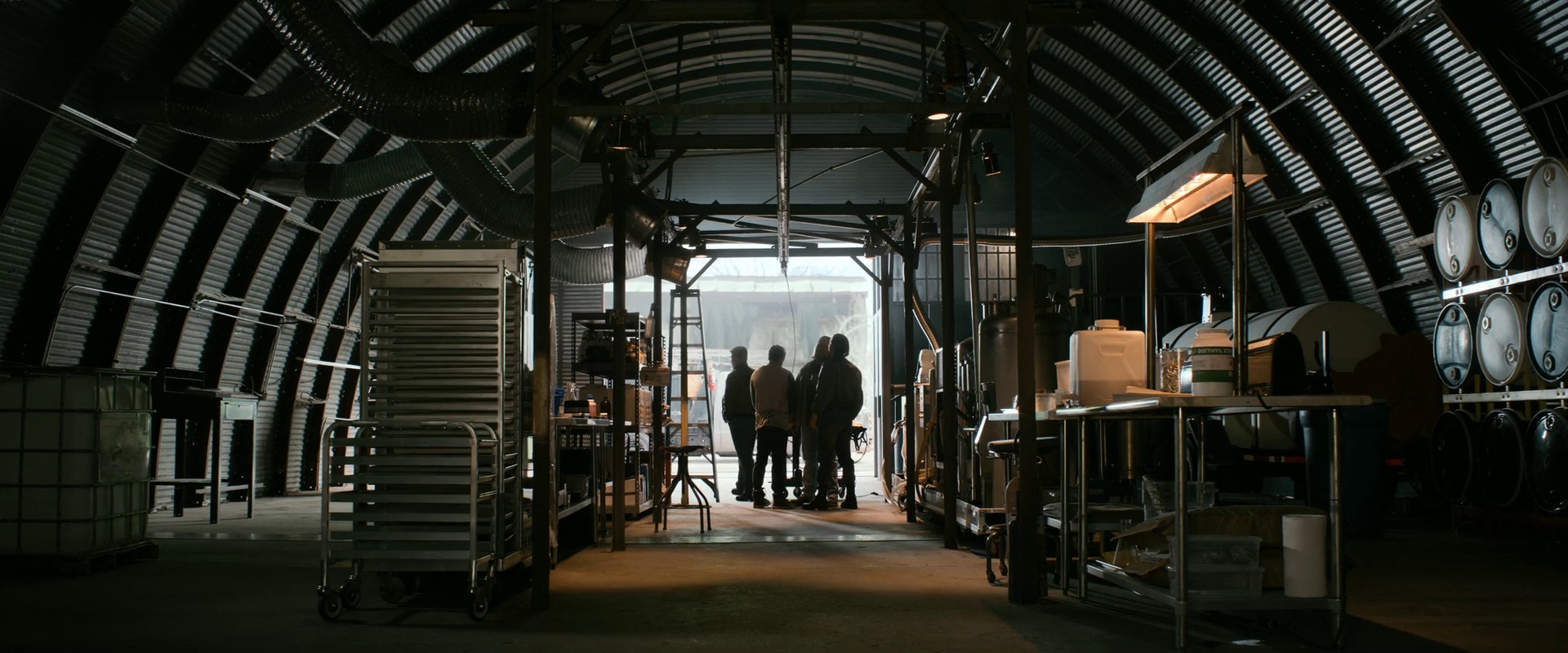
Production design of “El Camino” by Judy Rhee.
Kirill: You mentioned the rising level of expectations from the art department. Do you think that’s one of the factors why most of the new shows at that level do 10-12 episode seasons and not the more “traditional” 20+?
Judy: I think for some of the newer streaming / TV shows, they don’t always know how many seasons it will continue for so they write with new sets & locations to try to keep it fresh & interesting.
There are some established shows that have been around for several seasons that shoot 20+ episodes straight through. It’s hard to really know how they determine the shooting schedules of these shows?
I’ve never worked on anything beyond 10 episodes for one season. I think to sustain that schedule it’s helpful to continually go back to the same sets & locations.
Continue reading »
![]()
![]()